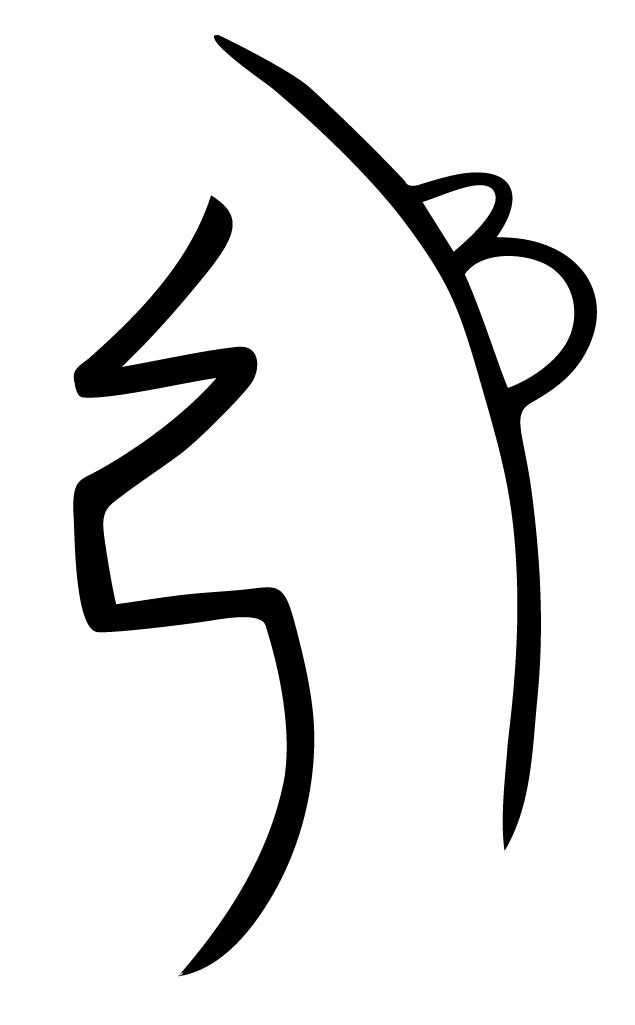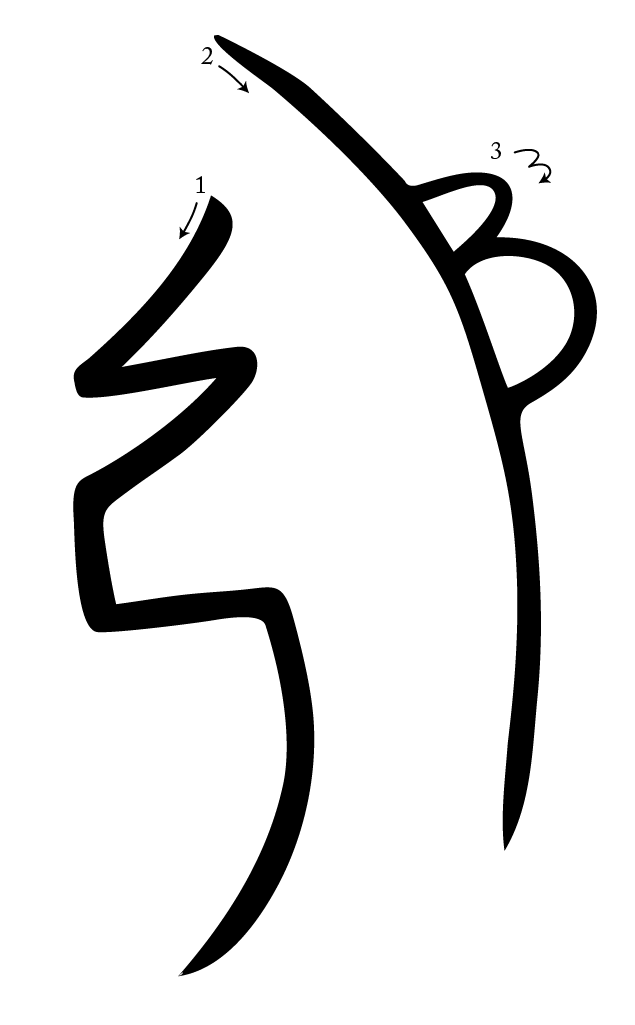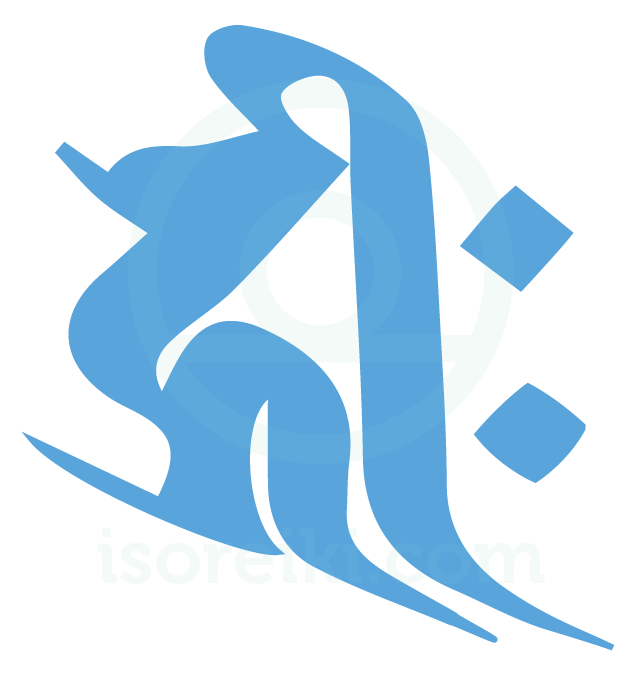When you make the Sei Hei Ki you are talking to the subconscious mind.
—Hawayo Takata1The quote is from Notes from a level 2 Reiki course with Takata sensei.
The second symbols brings healing to the mind and emotions. It is the key to the doorway between the physical, emotional and mental bodies, and is used in resolving mental and emotional issues such as stress, anxiety and depression. It can help people let go of painful memories and emotional body armour. It is used with a technique called sei heki chiryô to release specific thoughts and emotions, and to foster more positive patterns.


Emotions impact us. The impact can be short-term, after which it is released, or it can be long-term, which means that we choose to hold the emotion with us. Given that we hold emotions in our physical bodies, long-term holding can mean long-term physical problems.
This holding-on begins as a contraction or tension in the muscles. The natural state of muscles is relaxation, and using our muscles to do anything requires energy. Keeping this contraction or tension in our muscles also requires energy. So holding-on not only reduces the energy we have available for other things, but it’s not the state the body likes to be in. The body will try anything it can to get rid of the contraction.
The mind and emotions are what keeps the contraction in place, so the body will try to speak to the mind and emotions in the loudest voice it possibly can. Its loudest voice is unwellness and disease. The longer you ignore it, the louder it will speak, and the more severe the physical symptoms.
Using the Symbol
The sei heiki makes freedom possible by bringing these issues to consciousness and encouraging their release, which allows us to breathe deeply and fully and let go of the painful baggage we were carrying.
- You can use the SHK at any time during a healing.
- If you feel purification is necessary, whether during healing or not, employ the SHK.
- You can also use the SHK to cut through stagnant energies in any space or object, restoring more clear and natural energetic flow.
Pronunciation of Sei Heki
- sei (sounds like ‘say’. It has the same vowel sound as in rei.)
- hei (sounds like ‘hay’). Also given as he (a short vowel, as in ‘pet’).
- ki (like ‘key’, but shorter. Hei and ki are pronounced together, as one word.)
The Origin of the Symbol
The source of the second symbol is most likely to be a character used by Mikkyo Buddhists as a focus for meditation2The information in this section is drawn on research done by James Deacon at aetw.org. This symbol has been drawn by Japanese calligraphers in different ways, both formal and stylised. The stylised version closely resembles the mental-emotiona

the kiriku, drawn in traditional Calligraphy

the kiriku, drawn in Stylised Calligraphy
You can see this character, which is actually a special form of Sanskrit, in Buddhist temples throughout Japan. In Sanskrit it is called hrīh; in Japanese, it’s pronounced kiriku. It is linked to the Buddha Amida, who is the Buddha of Infinite Light and Life. This Buddha is the main deity of Pure Land Buddhism. Followers of this religion believe that Buddha Amida brings salvation and spiritual peace. The kiriku is also linked to the Bodhisattva Senju Kanzeon, who aids people who are in distress, people who are suffering in heart and mind. The divine grace of these spiritual beings emanates from the kiriku.
Although we cannot be totally sure about the source of the mental-emotional symbol, these connections do make sense and are in line with our current understanding of the symbol. However we remain careful not to assume that the symbol in Reiki has exactly the same meaning as the kiriku holds for Japanese Buddhists.
Exploring the Mantra
The mantra of the second symbol is written in Japanese kana as either sei heki (セイヘキ) or sei heiki (セイヘイキ).
Again, we need to make educated guesses as to which kanji contain the correct meaning for the mantra.
- 性癖 sei heki refers to disposition; inclination; characteristic; idiosyncrasy
- 情平気 sei heiki refers to emotional calmness or unconcern. It consists of:
- 情 sei emotion, feelings, passion
- 平気 heiki calmness, composure, unconcern
- 聖平気 sei heiki refers to spiritual composure. It consists of:
- 聖 sei something spiritual, holy or sacred
- 平気 heiki again means calmness, composure, unconcern
The first meaning (disposition) doesn’t appear to help us as much as the second and third meanings, namely emotional calmness or unconcern, and spiritual composure. These words help us understand something of the meaning of the second symbol: when we overcome mental and emotional distress we experience inner balance and rest.

Ask a question